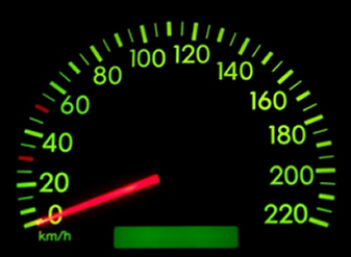What Does Dehedge Mean?
In finance, to dehedge is to engage in an investing strategy that does not protect an investment or portfolio against loss. It usually involves securities that move in the same direction.
How Does Dehedging Work?
Let's assume part of your investment portfolio includes 100 shares of Company XYZ, which manufactures autos. Because the auto industry is cyclical (meaning Company XYZ usually sells more cars and is more profitable during economic booms, and sells fewer cars and is less profitable during economic slumps), Company XYZ shares will probably be worth less if the economy starts to deteriorate. How do you protect your investment?
One way is to buy defensive stocks. These stocks might be from the food, utility, or other industries that sell products that consumers consider basic necessities. During economic slumps, these stocks tend to gain or at least hold their value. Thus, these stocks may gain when your XYZ shares lose.
Another way to hedge is to purchase a put option contract on the shares (this would essentially allow you to 'lock in' a particular sale price on XYZ, so even if the stock crashed, you wouldn't suffer much). You could also sell a futures contract, promising to sell your stock at a set price at a certain point in the future.
When you dehedge, you get rid of the defensive stocks and the put options.
Why Does Dehedging Matter?
Dehedging is like letting an insurance policy expire. Usually, investors only do this when they are sure a security will go in a certain direction and they want to participate in 100% of the upside without a hedging strategy offsetting some of those returns. However, should a stock or portfolio take an unforeseen turn, the losses could be unlimited.



